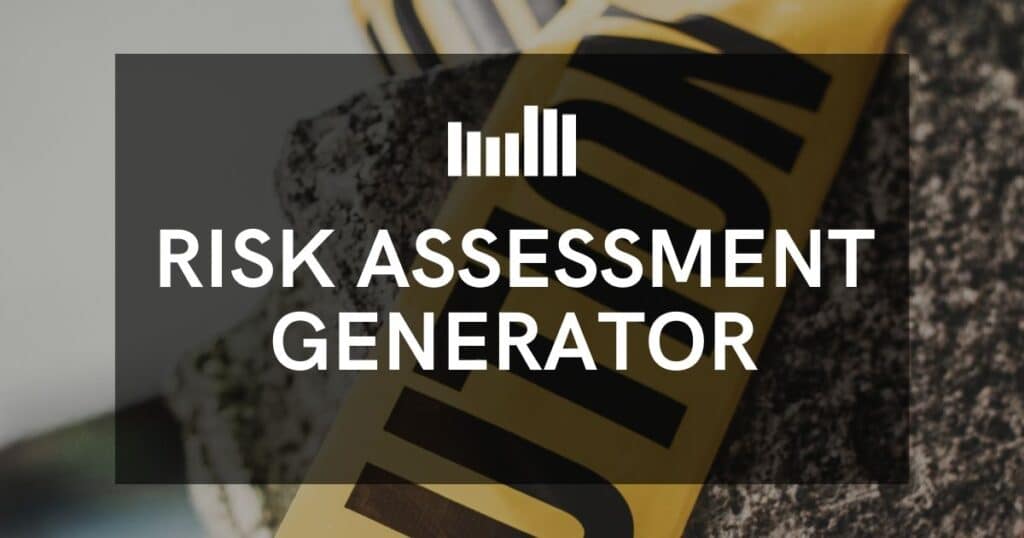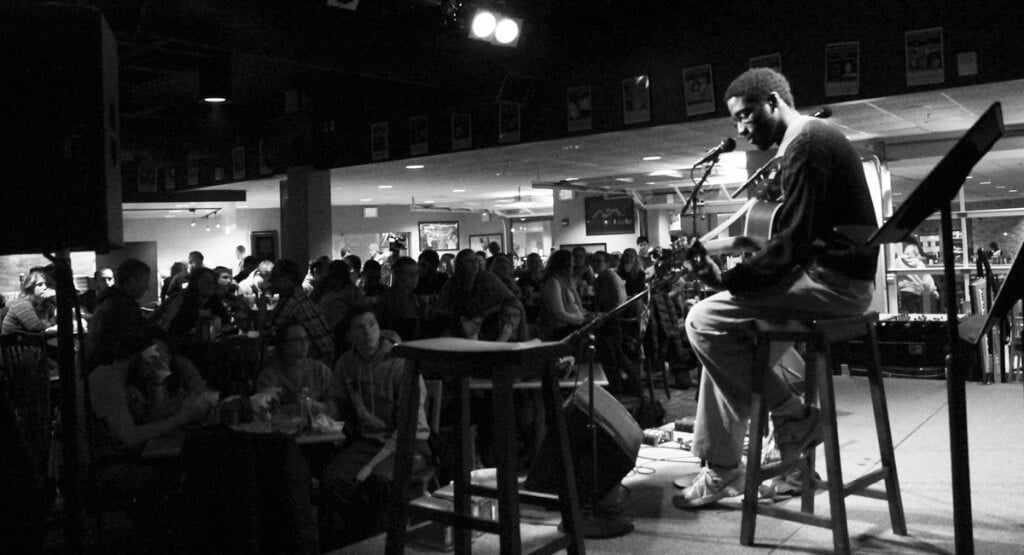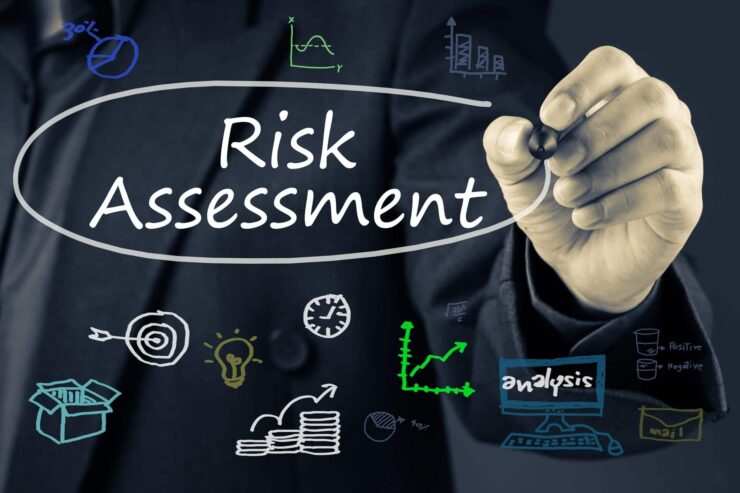Risk Assessment. While a very important health & safety requirement, it’s probably safe to say that these two words are unlikely to set the dinner table alight with intrigue and probably wont be something anyone would look up without having a pretty good reason.
That aside, it is still important that professional musicians understand RA and what its function is.
While the legislation that governs Health & Safety and RA can be complicated, we have put together a handy guide for dealing with RA as a professional musician.
What is Risk Assessment?
Put simply, Risk Assessment is evaluating various things that could go wrong and what the consequences would be if they did.
Once you know that, you can put measures in place to prevent them causing harm, and arrange contingency plans should the worst happen.
The principle legislation that covers RA is the Management of Health & Safety at Work Regulations. However, there are other regulations that cover other specifics like noise. RA is most likely to affect professional musicians when working in or with a venue, concert, practice room or similar location.
Risk Assessment Generator Tool
If you need to create a risk assessment document we’d suggest this free risk assessment generator tool.

Risk Assessment Templates
There are several examples/template forms for a RA that already in existence:
The Musicians’ Union Template (specifically tailored for musicians)
The Health and Safety Executive’s Template (more general)
How does it affect me?
There are essentially two contexts for a musician dealing with RA.
1. You are a directly employed musician (perhaps as part of an orchestra or similar).
In this instance, it is your employer that would be responsible for carrying out a Risk Assessment in order to keep you safe. You should cooperate fully in this process, and try and point out anything that you think could be a problem. The Musicians’ Union lists several specific things that anyone employing musicians should consider:
• Noise exposure
• Electrical equipment
• Musculo-skeletal problem (meaning looking at how you work physically and aches and strains that may result, seating, posture)
• Working on stages
• Working outside
• Rehearsal spaces.
You should work with your employer and any Health and Safety representatives to ensure a safe working environment, and make sure your employer consults you on the process.

2. You are a Self-Employed/Freelance Musician (or working within a group in the same circumstance). As such, you may be asked by a venue to provide a Risk Assessment. If you are at any point considered a sub-contractor (perhaps when hired by a production company, for example) you may also be asked for a RA.
How do I carry it out?
The HE Executive have identified 5 steps for carrying out a risk assessment:
Step 1 Identify the hazards
Step 2 Decide who might be harmed and how
Step 3 Evaluate the risks and decide on precautions
Step 4 Record your findings and implement them
Step 5 Review your assessment and update if necessary
The most important tool you have at your disposal is common sense. Think about the activities you have to do and what risks might be involved when filling out your template. Then consider what the impact would be if an accident was to happen. Finally, put in place sensible precautions and contingencies. Every now and then, make sure this is updated.
The MU Lists these potential hazards for musicians to think about:
• Electrical equipment (including use of lights)
• Manual handling
• Vehicles used for transport
• Special effects
• Noise
• Musculo-skeletal problems (meaning looking at how you work physically and aches and strains that may result, seating, posture etc.)
• Working outside
• Working on temporary structures.
An important part of conducting an RA is working with your colleagues. Make sure everyone’s concerns are addressed.

Your set up might not be quite as big as this, but that doesn’t mean you shouldn’t do everything you can to make it safe!
General vs specific
It is certainly best have a general Risk Assessment in place, but you may need to make amendments to it to deal with specific situations. Each time someone asks you to provide one, treat this as an opportunity to update it. You may also want to consider filling one out for rehearsal.
RAMS
Although more widely used in the construction industry, on very rare occasions venues have been known to ask for a “Risk Assessment and Method Statement” otherwise known as RAMS.
If this happens, your first step should probably be to clarify whether the venue is simply after your Risk Assessment (send them a copy) or RAMS. If it is the latter, then you must also provide a Method Statement – essentially a step by step guide on how you plan to do your job safely. For more information on RAMS, check out this post on HS Direct.
The Musicians’ Union
 Remember, if you have any Health and safety concerns, the Musicians Union is there to offer support. Their website states “If you are concerned about any aspects of health safety or welfare you should talk to your MU Regional Officer and your MU Health and Safety Rep. The MU can give advice on how to deal with different health and safety problems like hearing testing, noise levels, working at height or touring.”
Remember, if you have any Health and safety concerns, the Musicians Union is there to offer support. Their website states “If you are concerned about any aspects of health safety or welfare you should talk to your MU Regional Officer and your MU Health and Safety Rep. The MU can give advice on how to deal with different health and safety problems like hearing testing, noise levels, working at height or touring.”Do you have any tips on carrying out a Risk Assessment as a musician? Post them in the comments below…
Share this:




















